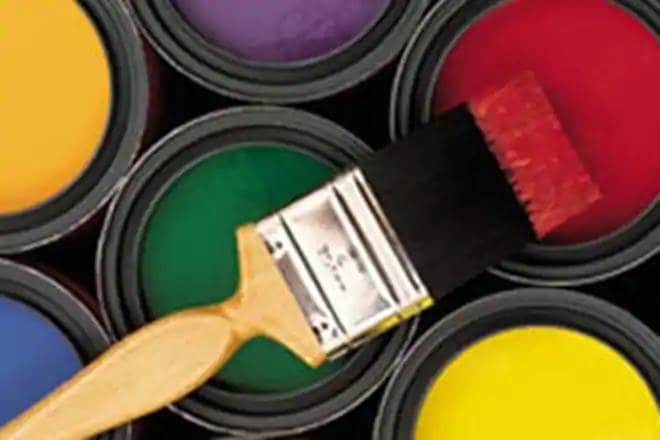Asian Paints’ FY19 annual report highlighted continued pressure on its consolidated RoCE (down 640 bp from 28.8% in FY15 to 22.4% in FY19). This can primarily be attributed to rising capital intensity due to increased capex and the subdued operating performance. Standalone RoCE declined 880 bp to 28.6% over the last five years, while subsidiaries’ RoCE was down to 4.1% from 7.1% in FY15. The rise in working capital led to a decline in earnings-to-cash flow conversion to 89% in FY19 from 99% in the previous year and kept OCF modest at Rs 2,210 crore (FY18: Rs 2,110 crore). Consolidated revenue grew 15% to Rs 19,340 crore, but (a) higher RM costs, (b) deteriorating product mix and (c) rising discounts resulted in an 80 bp contraction in the Ebitda margin to 18.2%. Consolidated PAT grew at a relatively slow pace of 5.9% to Rs 2,160 crore (FY18: Rs 2,040 crore). Over FY16-19, discounts increased by 170 bp to 12.8% of gross revenue. Purchases from entities related to KMP stood at Rs 540 crore, accounting for 5.2% of raw materials consumed (FY18: Rs 430 crore, 5.1% of RMC).
As a result of its increased focus on capacity addition, APNT (standalone) recorded a CAGR of 20% in capital employed, from Rs 3,290 crore in FY14 to Rs 8,070 crore in FY19. Over the same period, earnings (Ebit post-tax) grew at a CAGR of 13%, from Rs 1,180 crore to Rs 2,150 crore. Consequently, standalone RoCE (ex-investment in subsidiaries) fell 880 bp from 37.4% in FY15 to 28.6% in FY19. Standalone revenue growth of 16% in FY19 was primarily driven by higher volumes in distempers and economy emulsions. However, discount expenses (including cash discount) rose 14.4% to Rs 2,390 crore in the year. Over FY16-19, discounts as a percentage of gross revenue increased from 11.1% to 12.8%. Such a trend is reflective of possible weakening of underlying demand scenario, in our view.


